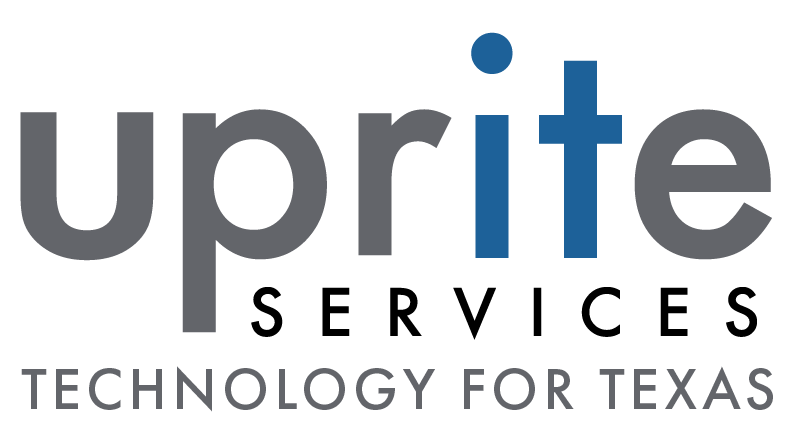
In today’s fast-paced digital environment, providing efficient support for technology and IT issues is critical to keeping a business running smoothly. Often, the terms help desk and service desk are used interchangeably, but they have unique roles in an organization’s IT landscape. Understanding the difference between a help desk and a service desk can help you decide which option aligns better with your organization’s needs.
Here’s a detailed breakdown of help desk vs. service desk so you can make an informed choice.
What is a Help Desk?
A help desk is primarily a tool for resolving IT-related issues and incidents that users encounter in their day-to-day work. It acts as the first point of contact for technical issues, providing quick resolutions to help users get back on track.
| Help Desk Key Features | Description |
| Reactive Support | Responds to IT issues as they occur. |
| Ticketing System | Tracks and manages user issues from report to resolution. |
| Basic Problem Resolution | Focuses on solving immediate problems rather than deep-rooted issues. |
| Limited Scope | Primarily addresses common user issues and technical assistance. |
What is a Service Desk?
A service desk goes beyond the help desk’s support role, encompassing a broader scope to include IT service management (ITSM). The service desk acts as a bridge between IT services and users, aligning IT resources with business goals to optimize service delivery and reduce disruptions.
| Service Desk Key Features | Description |
| Proactive Support and Optimization | Focuses on both resolving issues and improving IT service quality. |
| Incident & Problem Management | Manages not only incidents but also underlying problems affecting IT performance. |
| Service Request Management | Handles requests for new services or resources, such as software installations. |
| ITSM Integration | Supports a range of ITSM processes, providing strategic IT alignment. |
Help Desk vs. Service Desk: A Side-by-Side Comparison
| Feature | Help Desk | Service Desk |
| Primary Function | Resolving immediate IT issues | Managing and optimizing IT services |
| Scope | Narrow | Broad |
| Focus | Reactive problem-solving | Proactive and strategic |
| Common Users | Employees, end-users | Employees, end-users, IT managers |
| Service Catalog | Often limited | Comprehensive |
When to Choose a Help Desk
If your organization primarily needs a system to address day-to-day IT issues and incidents, a help desk may be the right choice. Help desks are ideal for small to medium-sized companies that need a quick-response system to solve technical issues without a complex, service-oriented approach.
When to Choose a Service Desk
If your organization requires a more comprehensive approach to IT management, where optimizing IT services and aligning them with business objectives is a priority, a service desk is the better option. Service desks are well-suited for larger companies that rely heavily on their IT infrastructure for core business functions and need integrated ITSM.
Real-World Use Cases
Case Study 1: Help Desk at a Start-Up
Imagine a start-up with 50 employees where IT needs are frequent but straightforward. Employees face issues like password resets, access to Wi-Fi, or software troubleshooting. In this scenario, a help desk is sufficient to handle day-to-day issues without over-complicating the support process.
Case Study 2: Service Desk at an Enterprise-Level Company
Consider a large financial institution with multiple departments, complex workflows, and heavy dependence on IT systems. Here, the service desk plays a critical role in not only solving incidents but also optimizing service delivery and managing resources effectively.
FAQs
- What’s the primary difference between a help desk and a service desk?
- A help desk focuses on immediate issue resolution, while a service desk offers broader IT service management and alignment with business goals.
- Can a company use both a help desk and a service desk?
- Yes, many companies start with a help desk and transition to a service desk as their IT needs grow more complex.
- Which one is better for a small business?
- A help desk is typically better for smaller businesses due to its simplicity and focus on resolving day-to-day issues.
- Does a service desk replace a help desk?
- Not necessarily; a service desk includes help desk functions but with a broader scope, focusing on proactive support and ITSM.
- Is a service desk only for large enterprises?
- No, while service desks are popular in large organizations, any company that requires ITSM may benefit from a service desk.
- How does a service desk contribute to ITSM?
- A service desk integrates various ITSM processes, like incident management and problem management, to improve IT service quality and alignment with business goals.
- What tools do help desks and service desks use?
- Help desks often use ticketing systems, while service desks use ITSM tools that support a wide range of IT processes.
- What’s the best approach for growing companies?
- Start with a help desk to meet immediate IT needs and consider transitioning to a service desk as your organization grows.
Key Takeaways
- Help Desk: Ideal for businesses that need quick, reactive IT support for day-to-day issues.
- Service Desk: Suitable for organizations seeking a strategic IT approach with an emphasis on ITSM and proactive optimization.

Stephen Sweeney, CEO of of Uprite.com, with 20+ years of experience brings tech and creativity together to make cybersecurity simple and IT support seamless. He’s on a mission to help businesses stay secure and ahead of the game!

